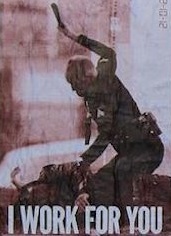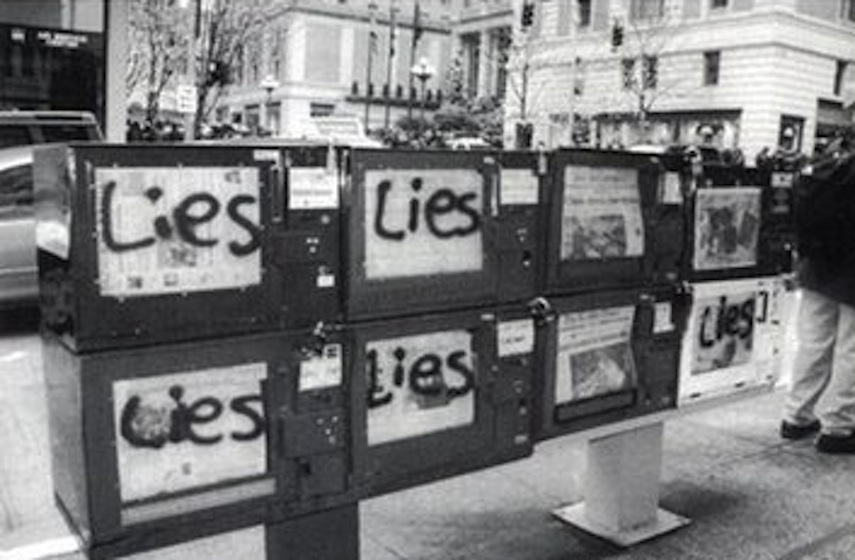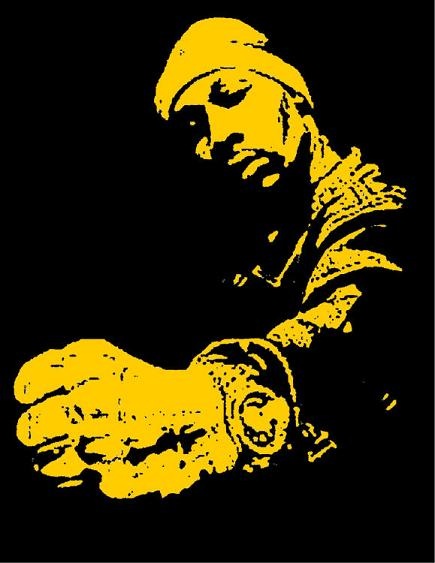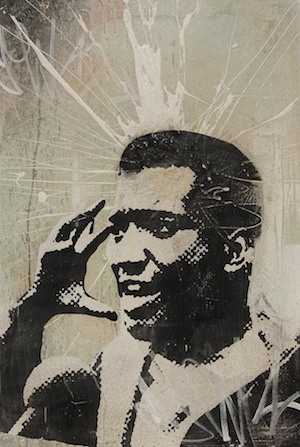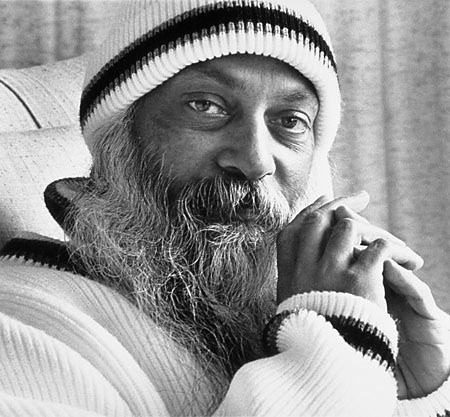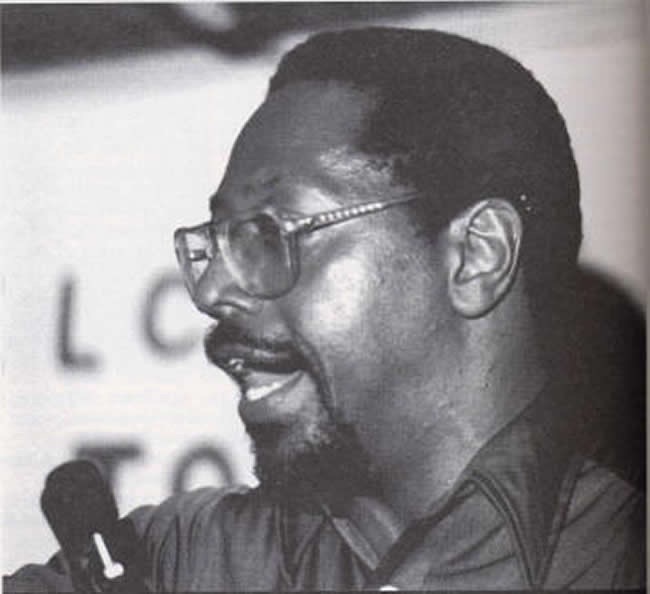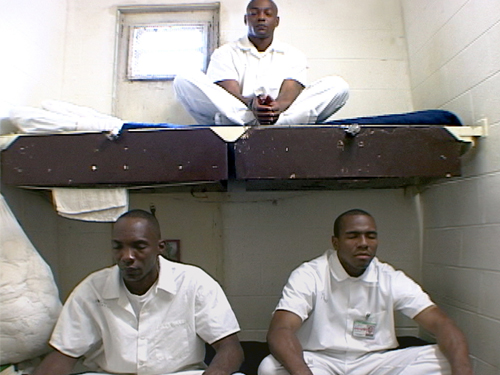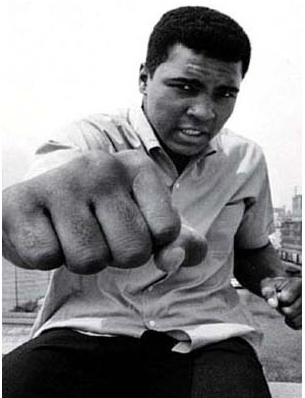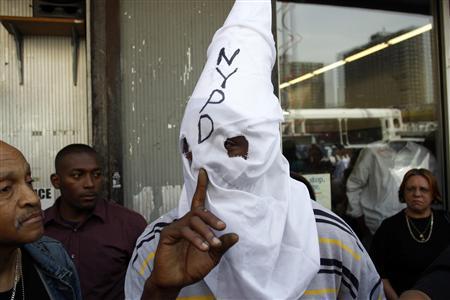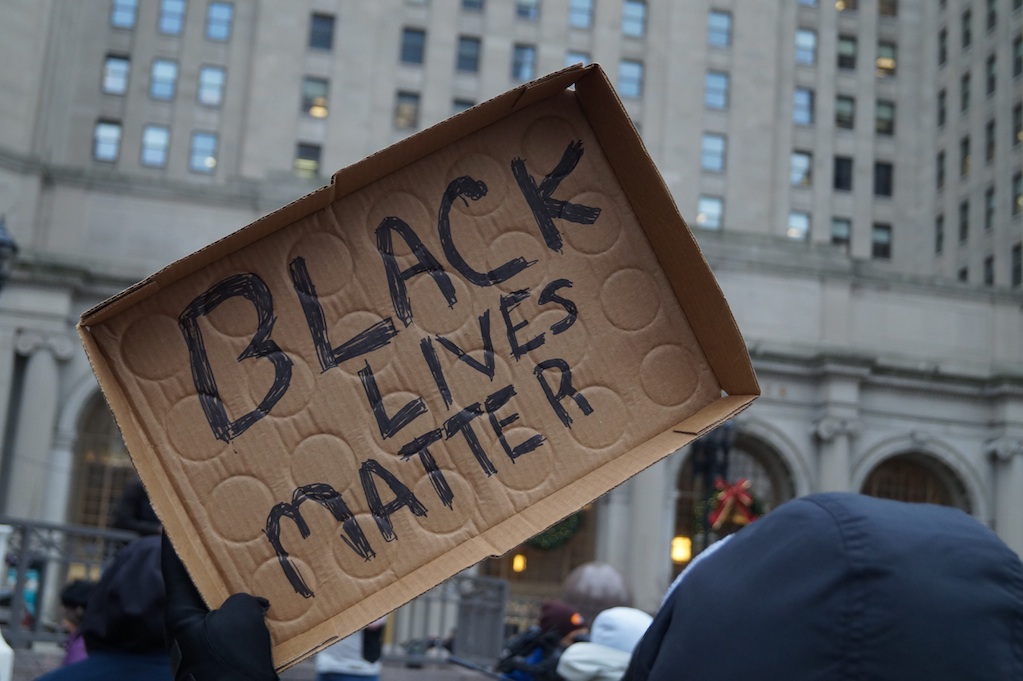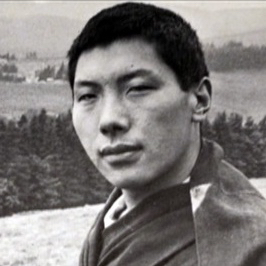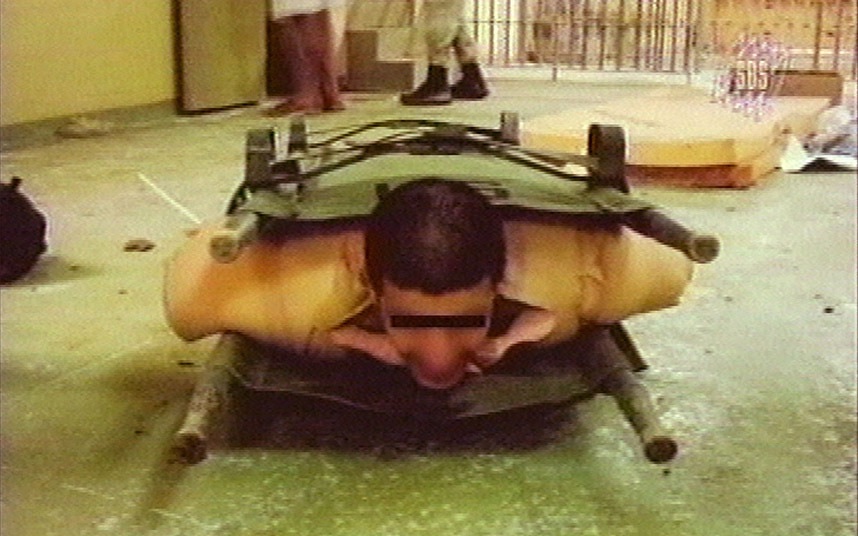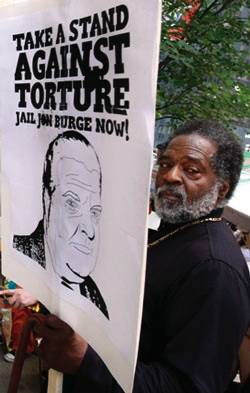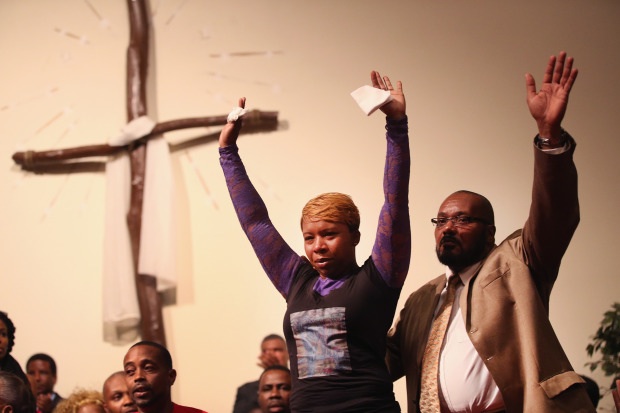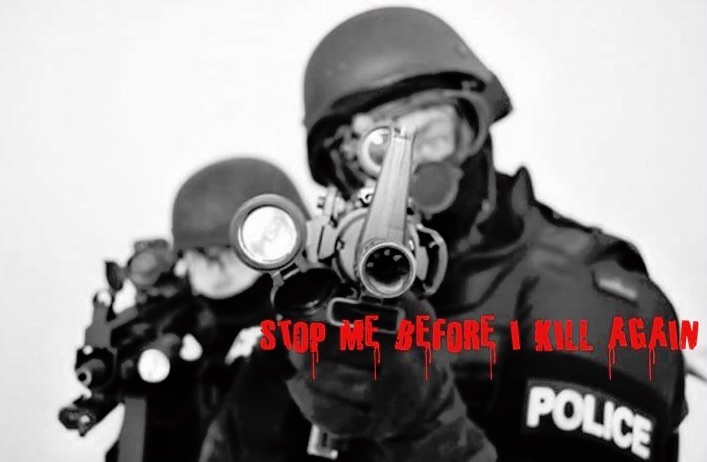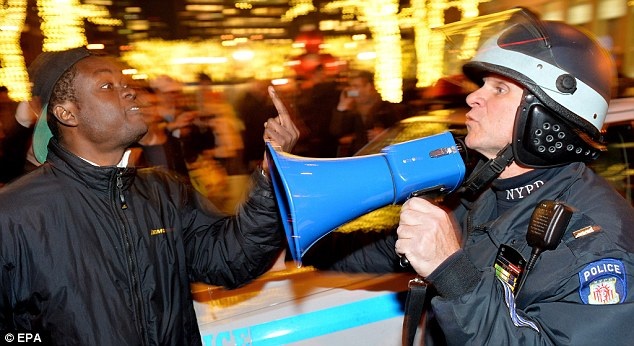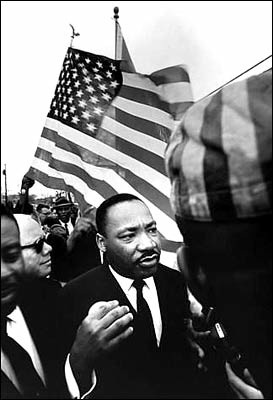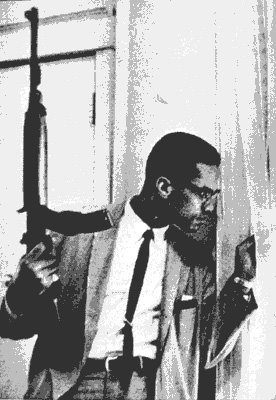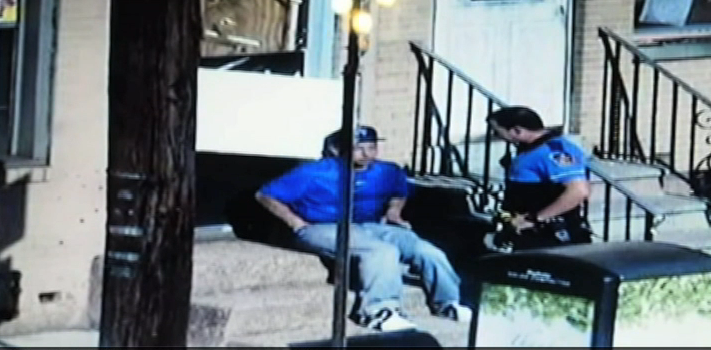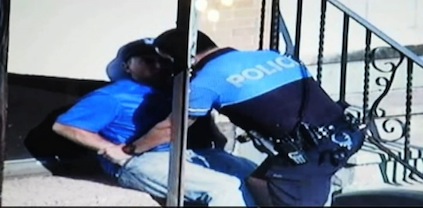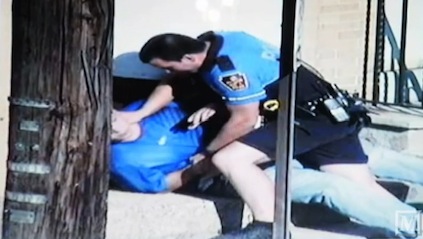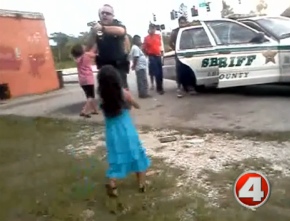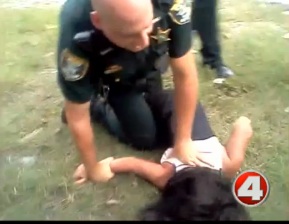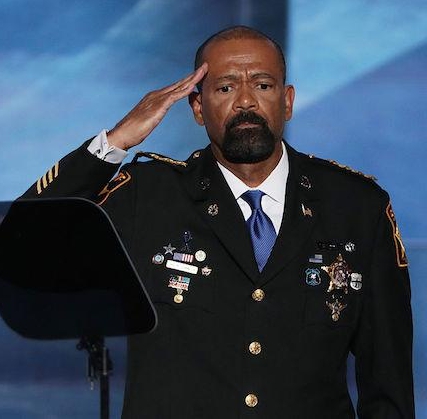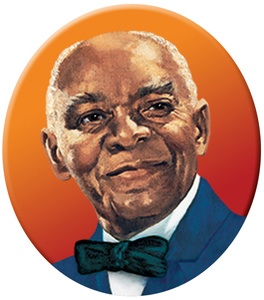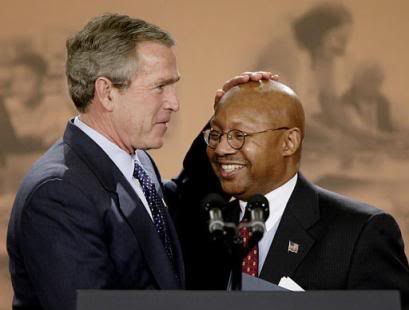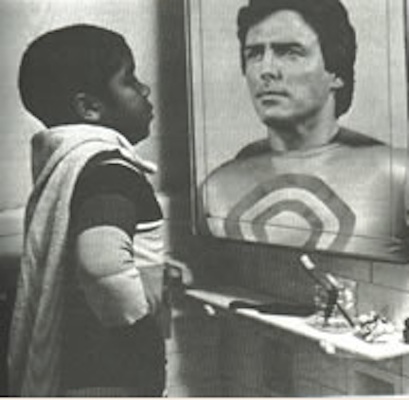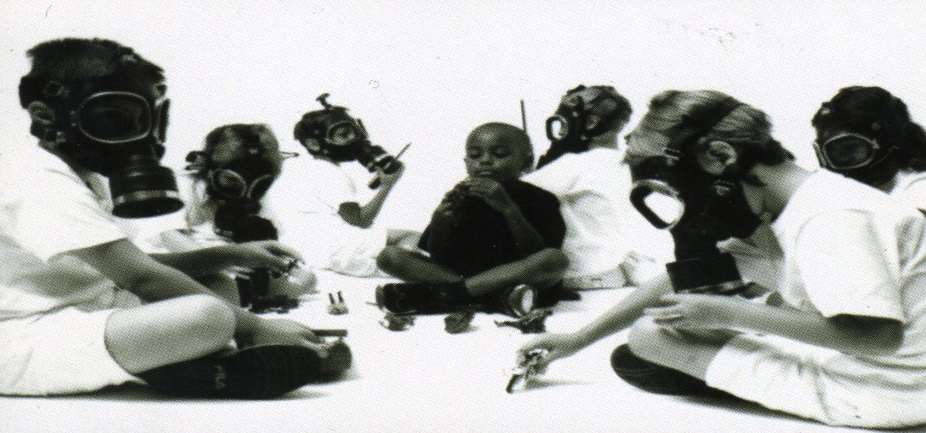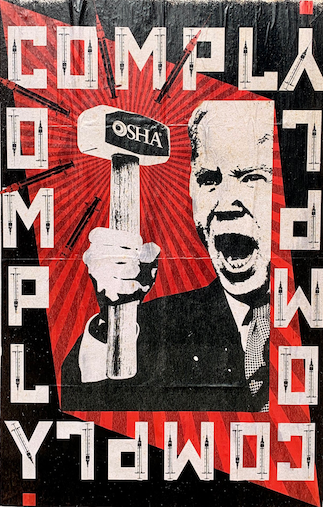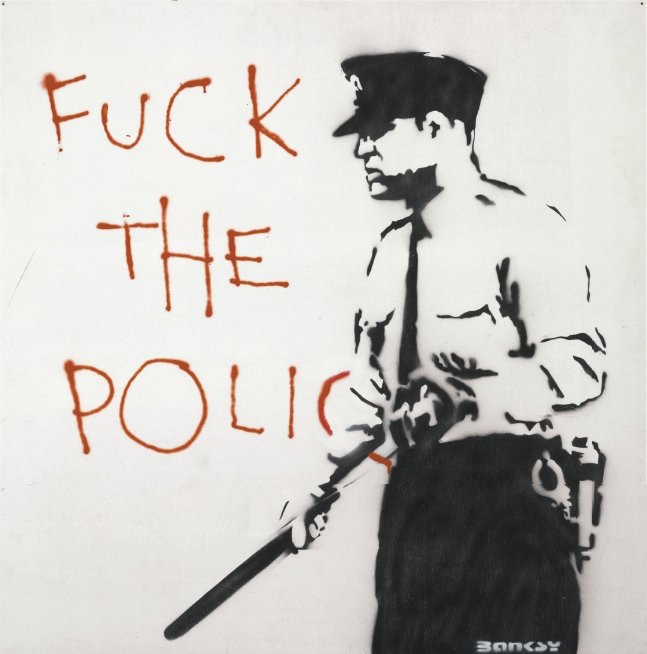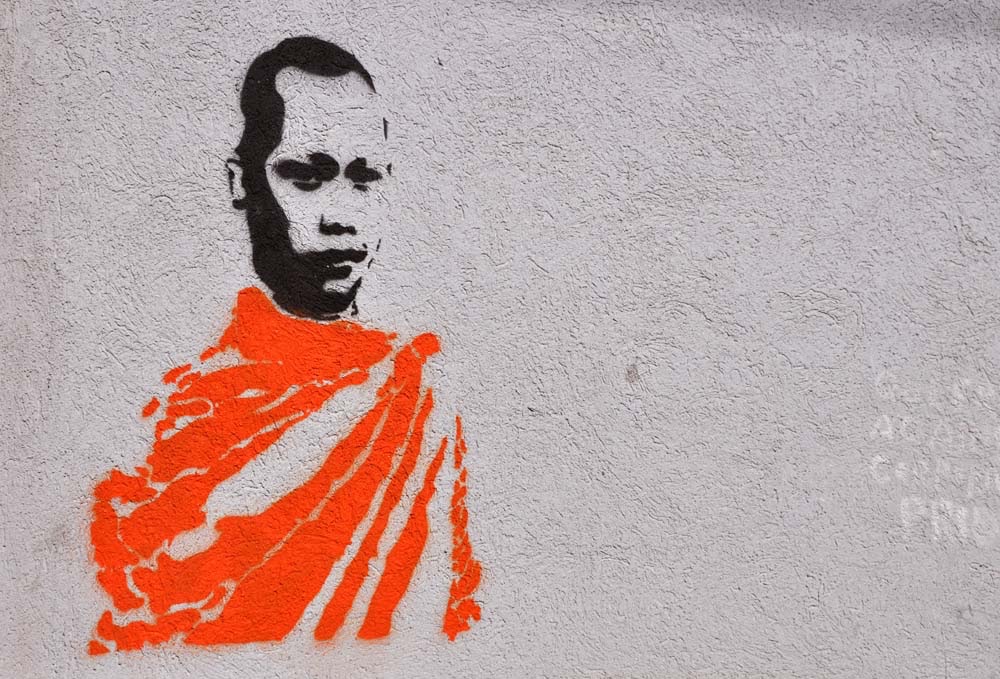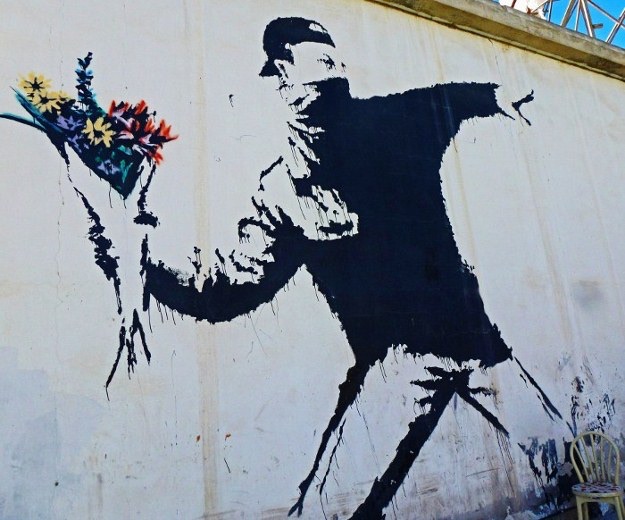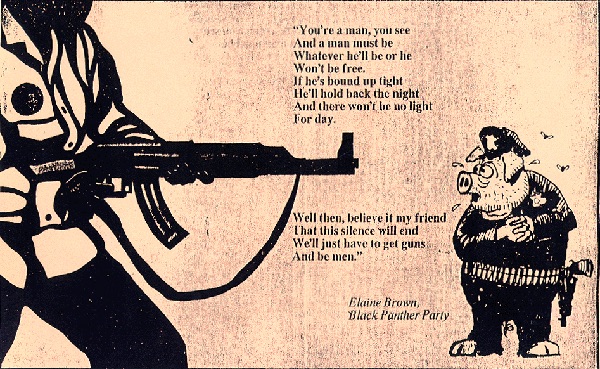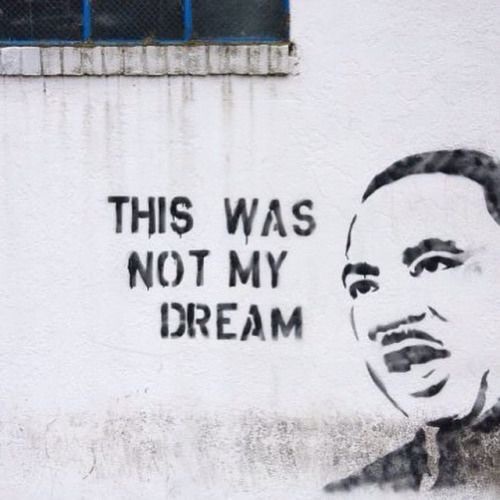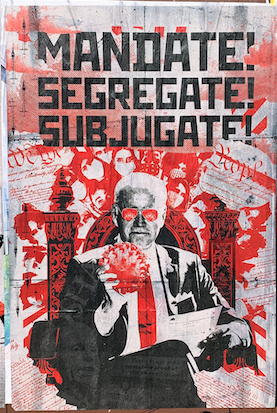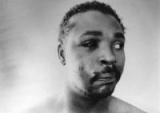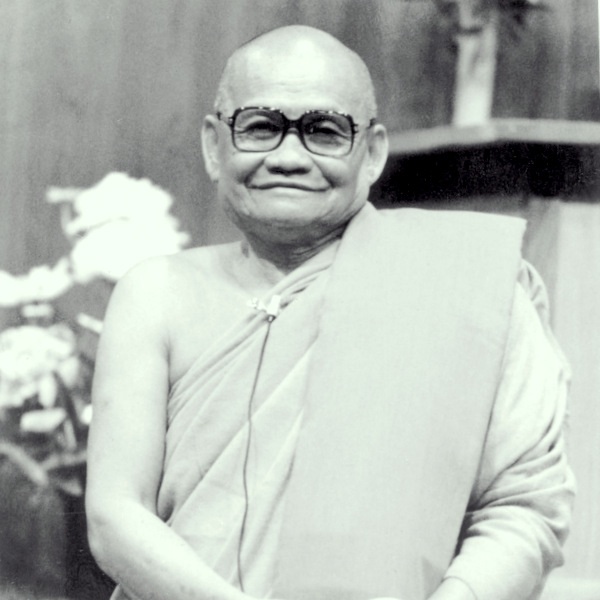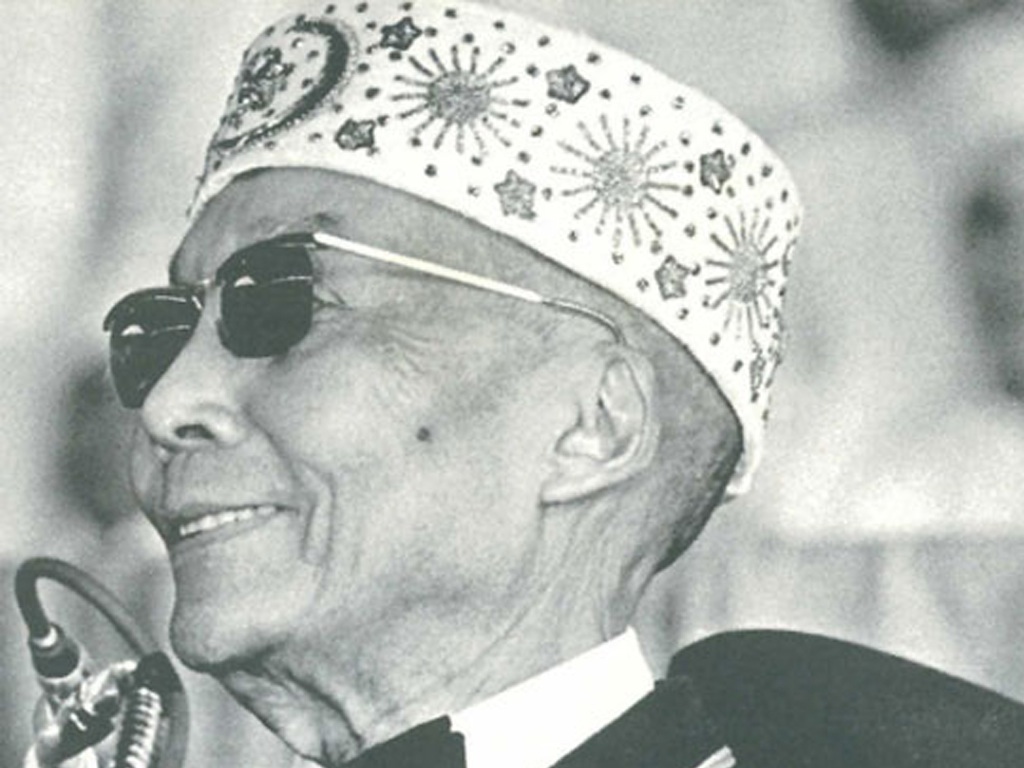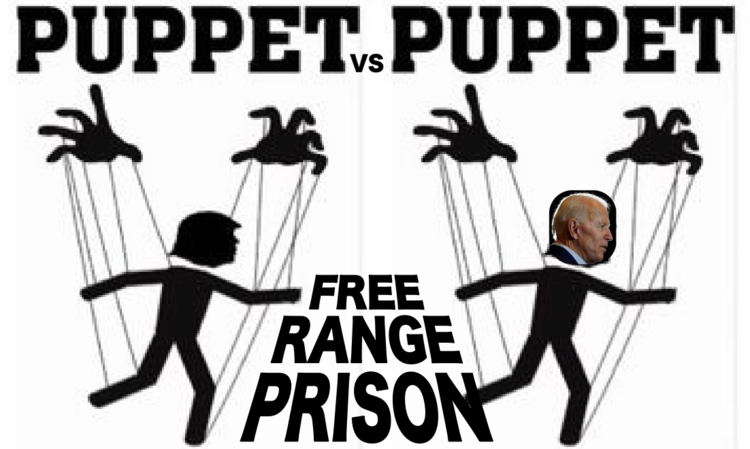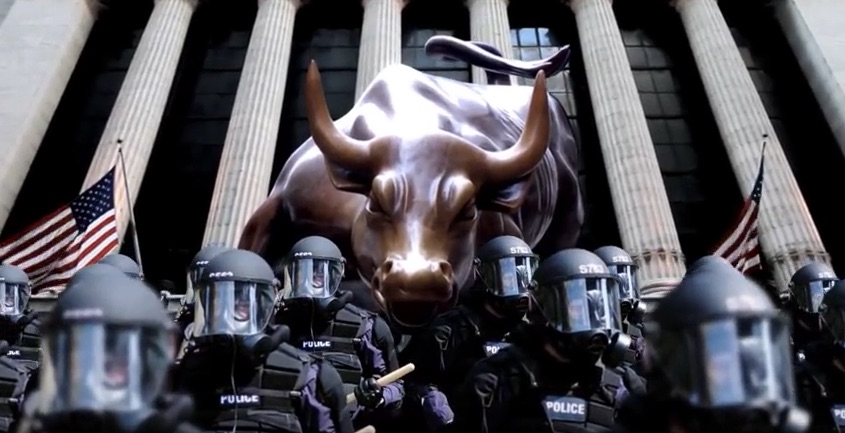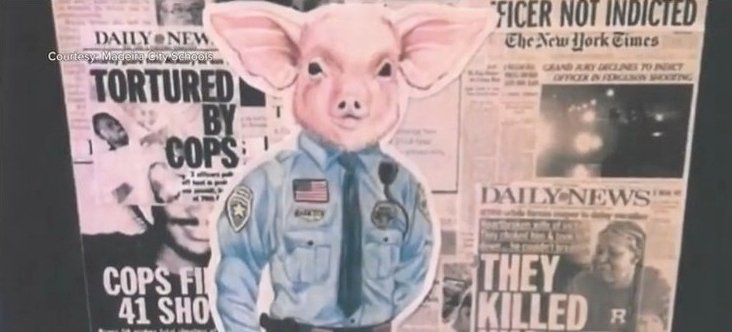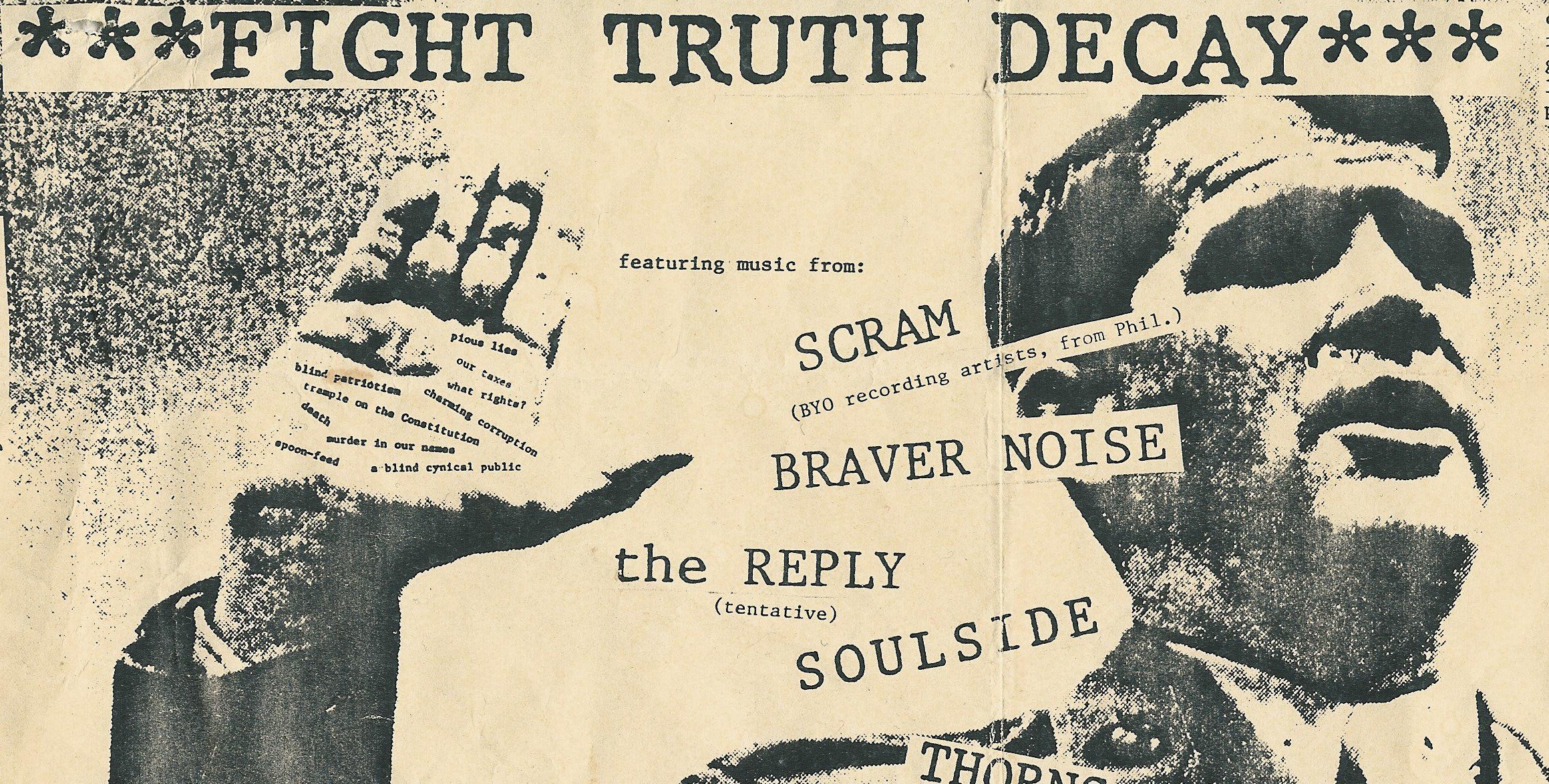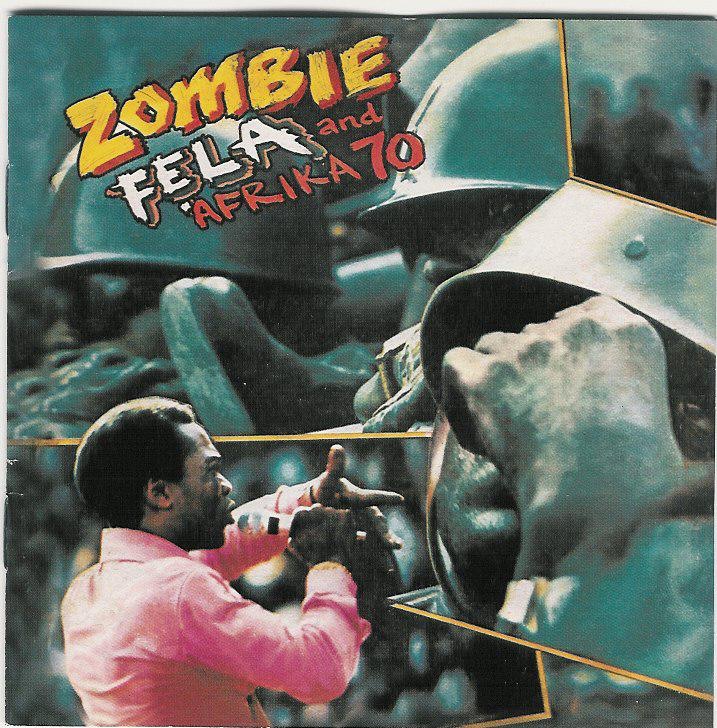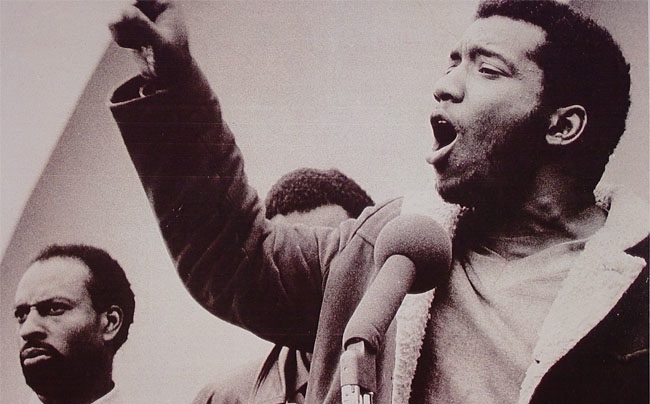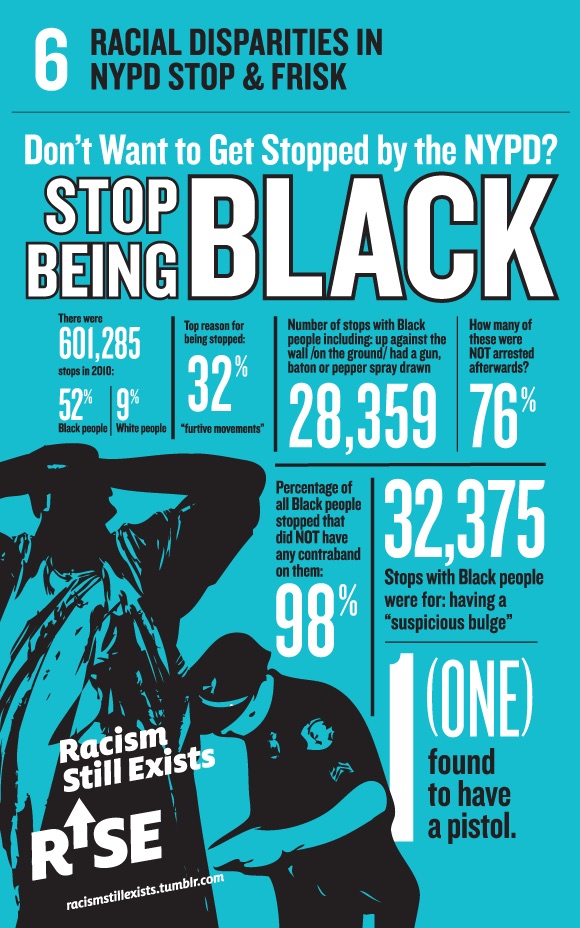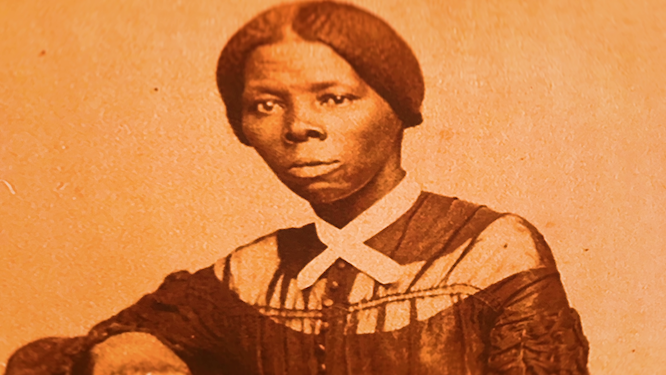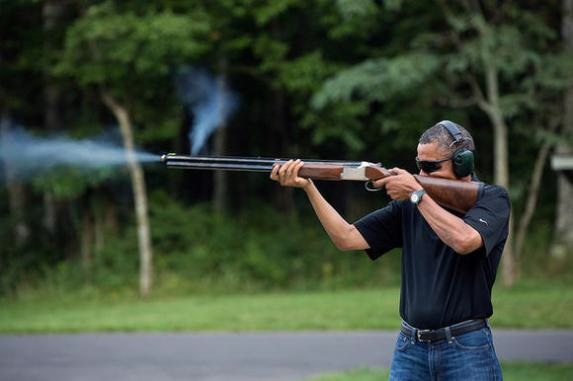Although Video Impeached White Austin Cops & Proved They Faced No Imminent Harm, [all-obedient] Jury Upholds Cops’ Decision to Tase Black Man on His Knees with His Hands Up b/c He Disobeyed Orders
/LEGAL SYSTEM ANCHORED BY VIOLENCE. Michael Huemer explains, “As these examples illustrate, commands are often enforced with threats to issue further commands, yet that cannot be all there is to it. At the end of the chain must come a threat that the violator literally cannot defy. The system as a whole must be anchored by a non-voluntary intervention, a harm that the state can impose regardless of the individual’s choices.
That anchor is provided by physical force. Even the threat of imprisonment requires enforcement: how can the state ensure that the criminal goes to the prison? The answer lies in coercion, involving actual or threatened bodily injury, or at a minimum, physical pushing or pulling of the individual’s body to the location of imprisonment. This is the final intervention that the individual cannot choose to defy. One can choose not to pay a fine, one can choose to drive without a license, and one can even choose not to walk to a police car to be taken away. But one cannot choose not to be subjected to physical force if the agents of the state decide to impose it.”
From [HERE] and [HERE] Two white Austin police officers accused of using excessive force earlier this year and lying about it have been found not guilty of all charges, according to local media reports.
After six hours of deliberations, the jury after 11 p.m. Wednesday came back with not guilty verdicts for Austin Police Department SWAT team officers Robert Pfaff and Donald Petraitis, who were indicted in March on numerous charges related to a February arrest on 12th and Red River streets.
The charges are tied to an incident on Feb. 16, in which the officers tasered Quentin Perkins, a man who was a witness to a shooting the officers were responding to.
Prosecutors had said Pfaff used a stun gun on 30-year-old Perkins while he was on his knees with his hands up, which could be seen on another officer’s body camera footage.
[Thus far, the media (as usual) has not provided any information about the racial make-up of the jury. It is likely that the jury was all-white in a system of injustice. It is also reasonable to conclude that it was an all-obedient jury: Obedience - “the highest form of the power-fear systemic. 3) slavery sold to both children and adults alike deceptively packaged in a respectfully sounding label. 4) reverse terrorism. You can compel obedience but you cannot compel responsibility or respect.” FUNKTIONARY.]
On Monday, the State of Texas called expert witness Dr. Howard Williams to the stand. He is a former APD commander and a current lecturer at Texas State University. He has either authored or co-authored five publications about the use of tasers, the injuries involved and effects it has on the body.
He studied body camera video from the scene of the arrest and concluded that the use of a taser was unreasonable. The witness was not resisting arrest and was cooperating with the commands given.
The prosecutors said the arrest was illegal and the use of the stun gun was not reasonable.
In fact, after the incident Austin Police Chief Manley said the officer's written report was not consistent with the recorded video. Multiple times after the incident the Chief said the officer wrote in his police report that Perkins was “on his feet and walking away from the officers when officers tased him but it is clear in the video that that is not what happened in this instance.” See video of statement above. [MORE]
Manley refused to release the public videos of the incident because of its use in the public criminal trial and pending civil case, which also will be public.
Donald Petraitis, an Austin police officer who has been with the department since July 2010, was accused of shocking Perkins with a stun gun while responding to a shooting. He was indicted on charges of abuse of official capacity, official oppression and assault--bodily injury.
The other white officer, Robert Pfaff, who has been with APD since May 2007, was accused of illegally shocking Perkins with a stun gun during the same incident.
Pfaff allegedly lied under oath by claiming that Perkins refused to comply with the officer's verbal commands to get on the ground and place his hands above his head. The indictment also alleges that the officer falsely said Perkins was about to escape, necessitating the use of a stun gun.
However, defense attorneys said the officers had ordered Perkins to lay on the ground with his face down after he had refused previous commands and attempted to walk away from the scene.
The officers responded Feb. 16 to a shooting at 12th and Red River streets and arrived to find a cluster of people around the victim.
According to the prosecutors, the officers had said they detained Quentin Perkins, who was among the crowd, after he began to walk away from the officers and headed toward a dark area, looking back as if to escape. [he was not under arrest and therefore he was free to leave insofar as the 4th Amendment applies to white citizens].
The officers ordered Perkins to lay on the ground with his arms out and face down, their attorneys said. Body-worn camera footage from the incident showed that Perkins was on his knees with his hands raised when the stun gun was used.
Defense attorneys argue that Perkins, by not getting fully on the ground, failed to follow the officers’ commands.
The defense made the argument that the tasing happened over a very short period of time and that people can easily make errors when filing reports.
They played videos of the officers recounting what happened to one another on the night of the incident, at that time the officers noted that Perkins was not dangerous, just that he was slow to follow commands. The defense also suggested that Pfaff and Petraitis would have been OK with letting Perkins go without an arrest that night, but other officers wanted to file charges.
“This man is at the scene of a shooting. He has not been searched, he has a hoodie on, and he is the only one who has disregarded orders,” Petraitis’ attorney, Ken Ervin, told jurors in his opening remarks. “What (the officers) did was entirely appropriate. ... Not to be forced to make some split-second decision but to control him.” [a blistering defense or racist, slave minded jurors or a limp wristed prosecution or all that?]
Prosecutors said Perkins did comply with the orders and contended that the officers issued different commands that might have been confusing to Perkins.
Perkins, who was arrested for disobeying a police order, has since sued the city and both officers, saying he was racially discriminated against and that he was stunned for no reason.
Prosecutor Dexter Gilford said footage showed about six seconds elapse from the time Perkins got on his knees to the time he was stunned. Gilford said Perkins was defenseless, and that the officers lied about the specifics of the incident in statements and reports.
During closing arguments Wednesday, prosecutors provided a timeline of critical moments they said showed Petraitis and Pfaff, both members of the Police Department’s SWAT team, had an opportunity to communicate with each other and get their story straight between the time Pfaff used his stun gun and the moment he provided his initial report to a supervisor.
Prosecutors argued that the officers’ reports describe Perkins trying to take off while video footage shows him on his knees complying with orders. Prosecuting attorney Sandra Avila Ramirez urged jurors to read the officers’ statements, formulate a picture of the incident they described, and compare it with the video footage captured by Austin police body-worn cameras.
“Then, you have to ask why they don’t match,” she said.
Ervin characterized the discrepancy in the report and video as a small detail that might have been misremembered.
Prosecutor Dexter Giford said the case wasn’t an instance of misremembering an event. Instead, he said, the events as described by Pfaff and Petraitis never happened at all.
Ervin pointed jurors to footage that showed the entire episode happened in the amount of time it took another responding officer to put on gloves. He went through in-car camera footage to show the interactions between Petraitis and Pfaff could not have amounted to the level of collusion the prosecutors alleged.
Gilford said he felt Perkins has been "depersonalized" during the entire trial, noting that someone like Perkins who got tased typically wouldn't be believed in a court of law, but in this case, Gilford said the officer's body camera video backed up Gilford's story. [probable translation here: in a credibility contest between a Black man and sworn white police officers, white jurors will believe almost anything the cops say. Why would cops lie? Because white jurors will believe it.]
In December 2015, a grand jury chose not to indict Pfaff after he shot and killed a woman, after he was called to the scene by Cassandra Bolin's boyfriend, who said she was suicidal.
The grand jury found that Bolin came outside and pointed the gun at her head, and then at officers. That's when Pfaff shot Bolin three times.





